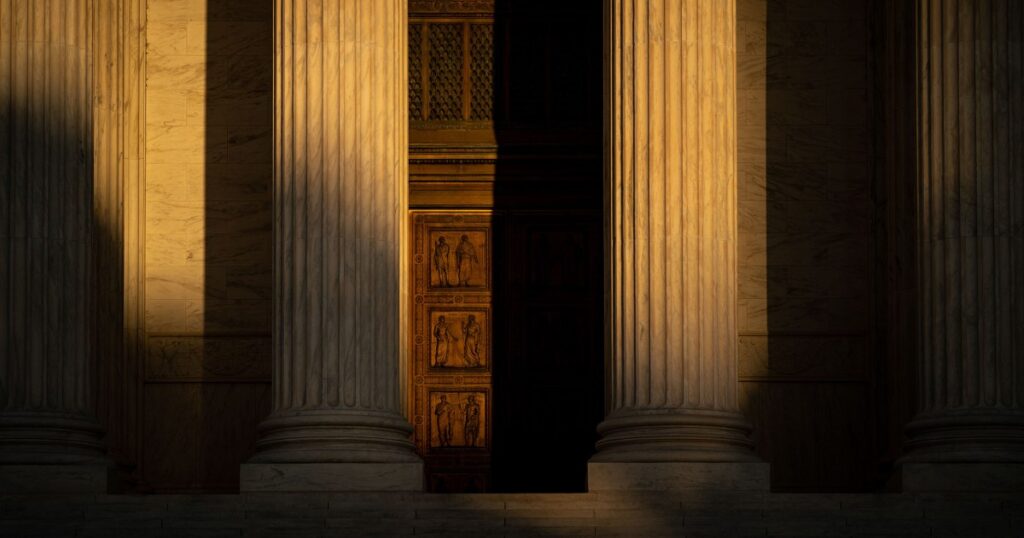If you’re looking for explanations of why and how the police act with impunity, one of the answers is the Supreme Court, which invented an accountability-blocking tool called “qualified immunity.”
You may have heard calls to end the civil immunity doctrine following Tyre Nichols’ death and the release of video last week showing Memphis police officers mercilessly beating him. Five officers were fired and have been charged with murder. (At least two of them are expected to plead not guilty.)
If you’re wondering what qualified immunity is, here’s a recap:
A post-Civil War federal law lets people sue state and local officials for rights violations. But the Supreme Court has hollowed out these suits with rulings allowing officers to escape liability if their alleged conduct wasn’t a “clearly established” legal violation. However innocuous that sounds, the court has applied that made-up standard in an absurd manner that limits relief even in the most egregious cases.
That’s because, under that “clearly established” test, officers can be immune even if they violated the Constitution, so long as the specific allegations against them haven’t already been ruled illegal. That judicial regime becomes even more absurd when you realize that courts deny claims, in hair-splitting fashion, on the grounds that the allegations haven’t already been deemed illegal. Obviously, that creates a Catch-22 that lets officers evade liability, as long as their alleged conduct, no matter how brutal, hasn’t already been “clearly established” by courts as having violated the law.
Take, for example, the case of police deploying a dog against a man who said he surrendered by sitting on the ground with his hands up. An appeals court sided with the police because, as the man put it in his petition to the Supreme Court, he couldn’t point to a prior case with “identical facts” in his favor. Nonetheless, the justices rejected his appeal in June 2020 (notably, over dissent…
Read the full article here





